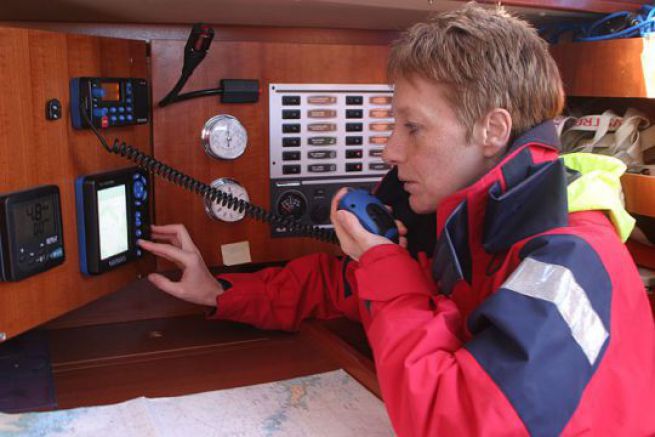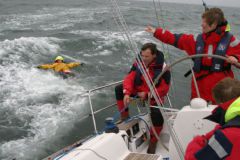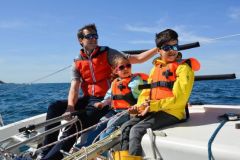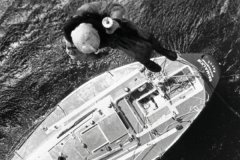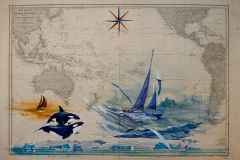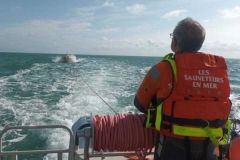The CROSS is the reference body in the event of marine rescue. Whether for rescue of persons or towing and assistance to the vessel, it will be necessary to contact the Regional Operational Centre for Maritime Surveillance and Rescue. Can be reached from VHF channel 16 or by telephone at 196, CROSS will then determine which means to use depending on the need.
What dire??
When contacting CROSS, give at least the following information:
- Position (GPS or in relation to landmarks or remarkable points)
- Name and description of your vessel (colour, type, length...)
- Number of persons on board and their state of health
- Nature of the distress or damage
- Assistance requested and measures already undertaken (e.g. having wet to limit drift in the event of engine damage)

Securing people
While waiting for help, check that all persons on board are wearing their life jackets and are properly secured if necessary.
Inform in case of change
Inform CROSS of any changes on board, whether positive or negative. Indeed, if the situation worsens or improves, it will be necessary either to mobilize further assistance or, on the contrary, to cancel the intervention.
In any case, stay tuned to VHF channel 16.
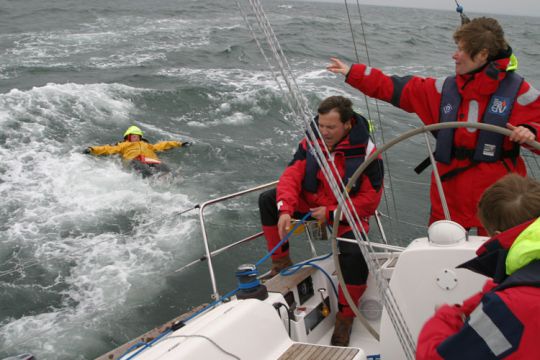
Save batteries
Switch your phone to power-saving mode to conserve the battery as much as possible. Use it only when necessary to ensure that it is always operational when you need it.
Write a sea report
Following an incident at sea, you must write a sea report and send it to Maritime Affairs. This report will be mandatory in the event of any action taken with your insurance company, expert opinion, etc.
